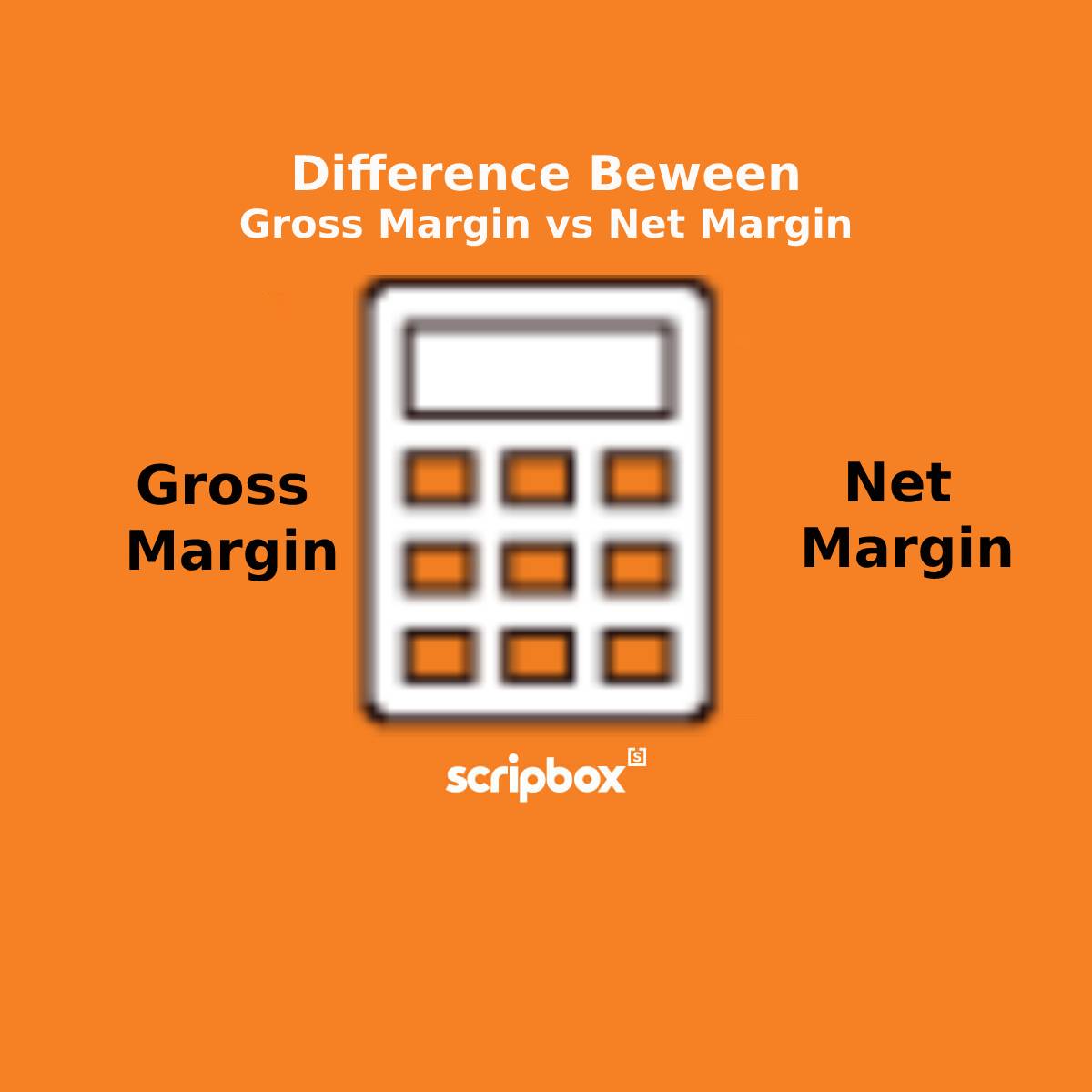There are different types of financial ratios available to compare the company’s performance and track the overall financial health of the company. These accounting ratios are important for analysing the financial statements and comparing them with competitors. One such ratio is the efficiency ratio, which helps determine how efficiently the company uses its assets to generate revenue and cash. This article will discuss the asset turnover ratio, its formula, importance, and limitations.
What is Asset Turnover Ratio?
The asset turnover ratio is an efficiency ratio that compares the company’s sales to its asset base. It measures the company’s ability to generate revenue from its assets. In other words, this ratio evaluates the company’s gross revenue to the average total number of assets to know how much sales were generated from every rupee of company assets. For instance, a ratio of 0.5 indicates that each rupee of asset generates Rs.0.5 of sales.
Generally, third parties like investors and creditors use this ratio. They evaluate the efficiency of the business operations and learn how efficiently the company uses its resources to produce revenue. Comparing companies within the same sector helps them discover which companies are getting the most out of their assets and what weaknesses others might be experiencing.
Asset Turnover Ratio Formula
The company calculates the net asset turnover ratio by dividing net sales by average total assets. The following is the formula for the asset turnover ratio.
Asset Turnover Ratio = (Net Sales/ Average Total Assets)
Where,
Net Sales is the revenue after deducting sales returns, discounts and allowances.
Average total assets are calculated using the balance sheets from the beginning and end of the financial year. The following is the formula to calculate the average total assets.
Average Total Assets = (Beginning Assets + Ending Assets)/ 2
The beginning assets are the total assets available at the start of the financial year in the balance sheet. The ending assets are the total assets available at the end of the financial year.
Calculation
ABC company has a total gross revenue of Rs.20 lakhs at the end of the financial year. As per the balance sheet, the total assets at the start of the year is Rs.5 lakhs, and the total assets at the end of the financial year are Rs. 7 lakhs.
Average Total Assets = 5,00,000+7,00,000/2 = 6,00,000
Asset Turnover Ratio = 20,00,000/6,00,000
Asset Turnover Ratio = 3.33%
Therefore, this ratio indicates how efficiently the company generates sales with every rupee invested in its assets.
explore our article on What is Portfolio Turnover Ratio?
Interpretation and Importance of Asset Turnover Ratio
The asset turnover ratio is essential for the company to understand how it can maximise its returns for every investment. This ratio is calculated on an annual basis. A higher asset turnover ratio indicates that the company is generating more revenue by using its assets efficiently. On the contrary, a lower turnover ratio indicates that the company is not making the best use of its resources and is more likely to have management or production issues. Therefore, investors use this ratio to compare companies in the same sector or industry. It might widely vary if the comparison is made across different sectors.
A positive trend line of asset turnover ratio can indicate that the company is gradually expanding its capacity. The companies shall strive to maximise the benefits from these assets, which can coincide with increasing the total revenue by minimising the operating waste.
When the asset turnover ratio is not favourable for the company, it signals the management for increasing its revenue, improving efficiency, improving inventory management, etc. It is crucial for companies to manage their resources adequately to maintain the operational infrastructure. This ensures that production continues without any interruption and losses during unavoidable downturns.
Limitations of Asset Turnover Ratio
Even though the asset turnover ratio is beneficial for determining the efficiency of a company’s assets for its sales, it does not provide details that are helpful for complete stock analysis.
- The ratio may artificially be deflated when the company makes large asset purchases like new technologies in anticipation of growth.
- Similarly, selling assets may artificially inflate the ratio as it prepares for declining growth.
- If the company outsources its production facilities, it may result in a higher asset turnover ratio. This is because the company has a lower asset base, making it appear more efficient than its competitors even though it is not profitable.
- Other factors like seasonality significantly affect this ratio because numbers change throughout the year.
- A higher turnover ratio does not necessarily mean higher profits. The accurate measure of the company’s performance is its ability to generate profits from its revenue.
- The ratio can differ each year. It is important to look at the trend data over time to determine whether the asset usage is increasing or decreasing.
Discover More
- Confused if your portfolio is performing right enough to meet your goals?
- How long have you been investing in mutual funds?
- What is your current portfolio size?
- What is your approximate annual household income?
- Your profile does not qualify for a call with a Financial Expert.
- What is Asset Turnover Ratio?
- Asset Turnover Ratio Formula
- Interpretation and Importance of Asset Turnover Ratio
- Limitations of Asset Turnover Ratio























Show comments